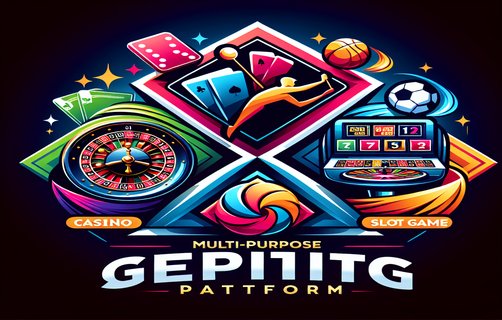Comprehensive Analysis of Balaji Day Panel Chart: Rewards, Tournaments, and Engaging Strategies
In the ever-evolving landscape of online gaming and betting, understanding user behavior and engagement strategies is crucial for improving retention and maximizing revenue. This analysis focuses on various aspects including loyalty rewards, slot tournaments, email marketing, banker bets, straight draws, shareable gameplay, and negative progression betting. By examining these components through a structured lens, we can delineate strategic insights that influence player experience and financial outcomes.
Loyalty Rewards programs play a pivotal role in fostering player retention and encouraging repeat engagement. Data suggests that players who are awarded loyalty points for consistent play are more likely to continue their gambling activities on the same platform. The effectiveness of these programs is amplified when tailored to individual player preferences, offering personalized rewards that resonate with their unique gaming habits. By tracking user engagement metrics and reward redemption rates through the Balaji Day panel, operators can optimize these programs to improve loyalty and increase lifetime value.
Slot Tournaments represent another critical component of player attraction and retention. These competitive formats not only provoke excitement among players but also create a community atmosphere. Analyzing participation rates and performance outcomes in tournaments reveals important trends in player preferences and competitive behaviors. Implementing frequent, themed slot tournaments can tap into seasonal variations and player interests, ensuring a diverse and engaging gaming experience that resonates with different segments of the audience.
Email marketing remains a traditional yet highly effective channel to engage players. By collating data from past campaigns related to open rates, click-through rates, and bonus redemption, operators can fine-tune their messaging strategies. Personalized emails that align with user activity — such as reminders about loyalty rewards or notifications of upcoming tournaments — can significantly drive engagement. A/B testing different email formats and content can yield insights on what specifically resonates with various segments of the player base.

Banker Bets and Straight Draws can provide players with various avenues for gameplay and risk management. Banker bets allow players to hedge their risks and manage large stakes, while straight draws introduce strategic decision-making in games like poker. Analyzing player decisions in these contexts reveals valuable information about risk tolerance and gameplay preferences. Understanding these trends can prompt the creation of informed game variations that cater to both risk-averse and risk-seeking individuals.
Shareable Gameplay elements, which allow players to share their achievements and experiences on social media platforms, can significantly enhance brand visibility. Examining the performance of shareable achievements can provide insights into which gaming experiences are most likely to be shared. Integrating social features into games enables players to engage their social circles, thus extending the platform’s reach organically. Creating shareable moments can help in building a vibrant gaming community around the brand.
Lastly, the concept of negative progression betting highlights a riskier approach to betting strategies, where players increase their bets following losses. While some players may utilize this strategy in the hopes of recouping losses, it is essential to analyze the impacts such strategies have on player satisfaction and retention. Dipping into data regarding player losses and recovery attempts can inform responsible gambling initiatives and identify those who may need support, thereby promoting a healthier gambling environment.

In conclusion, the Balaji Day Panel Chart serves as a vital tool in understanding the multifaceted landscape of online gaming. By leveraging data across loyalty rewards, tournaments, marketing, and various gameplay strategies, operators can devise enhanced player experiences, foster community engagement, and ultimately secure sustainable revenue growth. Continuous analysis and adaptation of these components based on player feedback and performance metrics remain crucial in maintaining a competitive edge in the gaming industry.
